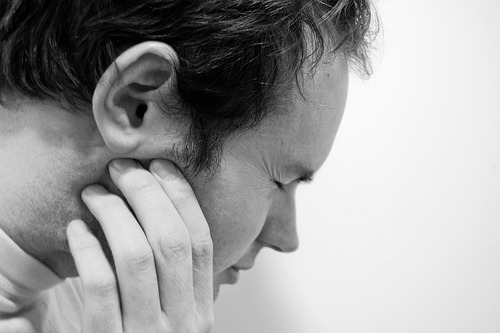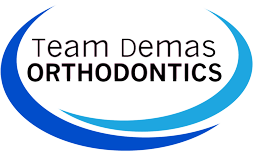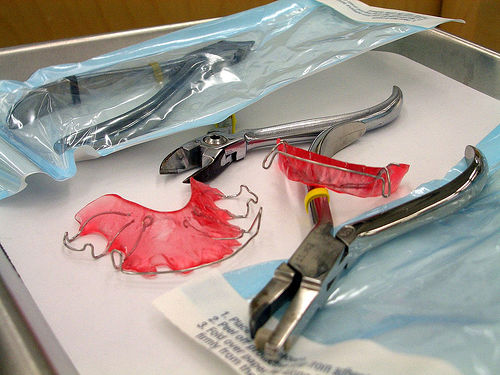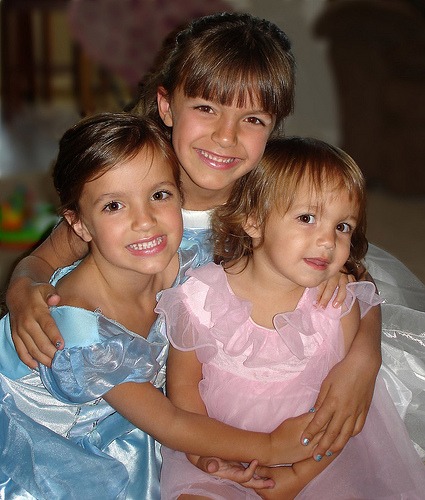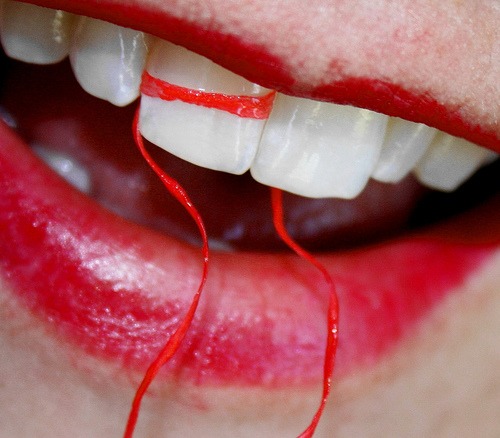
by | Jun 12, 2014 | Orthodontic Treatments
Why Teenage Patients Have More TMJ Problems in the Spring?
As spring approaches it is common for orthodontists such as Dr. Demas to receive a larger than usual number of phone calls from current and former patients reporting unexplained jaw pain. Parents often report that their teenage children have painful jaws and are unable to eat, sleep or study properly. This pain is often diagnosed as TMD, short for temporo-mandibular jaw pain.
Stress is the often the cause of TMD
The final week or two of April and the beginning of May are the periods when students are under the most stress. Intermittent sleep and eating habits can cause jaw pain. This is normally in the muscles beyond the lower molars. These are the chewing muscles, and pain in this region suggests that the grinding and clenching of teeth are causing the soreness – not actual medical problems with the muscles or the teeth.
Read more…
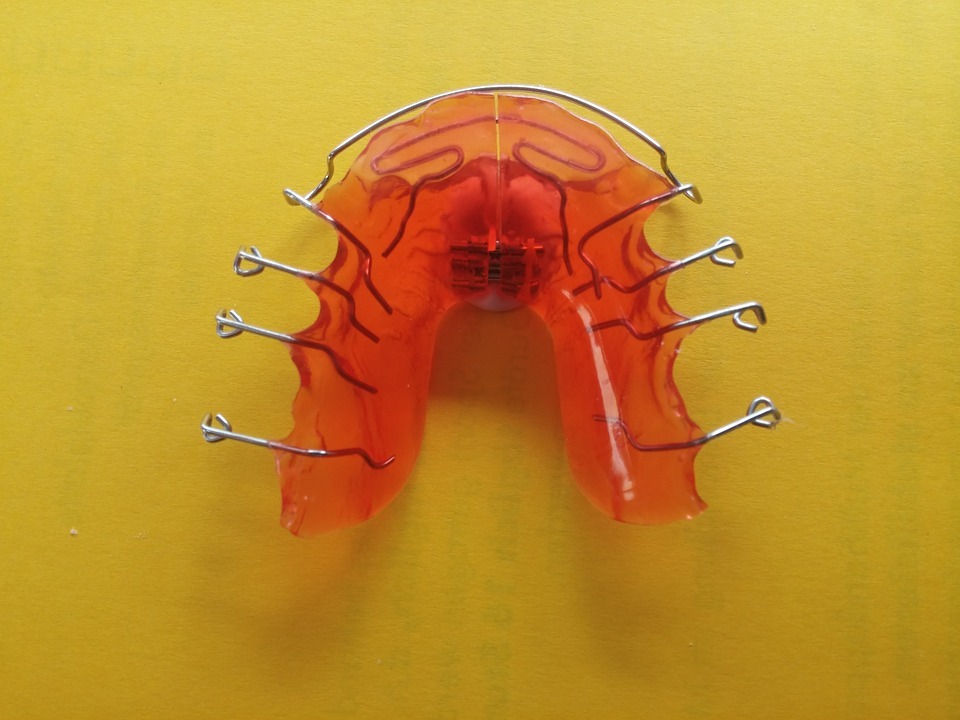
by | May 29, 2014 | Orthodontic Treatments
Retainers
Braces are orthodontic appliances, but retainers are not, as their purpose is not to move the teeth. It is a fact of life for many brace users that once the brace has been used, a retainer has to be worn, too. This is to prevent the teeth from moving back into their original position.
The majority of patients who have had orthodontic treatment must wear retainers. If retainers are not worn, then their teeth will soon be misaligned and crooked again. The hard work and sacrifice that have gone into wearing the braces will soon be lost. The necessity to wear a retainer after the brace has been removed is the down side of brace installation.
The main reason for wearing a retainer is to halt the tendency of the teeth to move back in to their original position. Particularly as we go through the aging process, teeth may move in an unpredictable manner. A retainer which is worn for a long period can reduce the impact of these changes and can even prevent them altogether. This means straighter teeth can be assured into the future.
A retainer is fitted when orthodontic treatment has been completed and the braces have been removed. There are two types available – one that can be fixed more permanently on to the teeth and another type that is removable. The orthodontist selects the one that is most useful for the recipient.
Read more…

by | May 22, 2014 | Orthodontic Treatments
What is the Best Age for Your Child to Get Orthodontic Braces?
Selecting the most suitable time to commence orthodontic treatment is typically determined by consultation between the orthodontist and the child’s parents. Apart from the physical factors of misaligned and protruding teeth and the stage of development that your child’s teeth have reached, there is also the maturity of your child to take into consideration, too. Rushing into braces too early when your child is not mature enough to take care of the braces may be premature and not lead to the desired results.
Cues used to determine the time for braces
In most cases, Dr. Don Demas, at Team Demas Orthodontics in Southington, does not fit braces until the child has lost all of his or her primary teeth and the 12-year molars have all or, at the least, partly erupted. A straightforward treatment program should only last 12 months. It can markedly exceed this time frame if the braces are positioned on the teeth while there are some baby teeth still evident, or the 12-year molars are not yet visible.
Read more…

by | May 15, 2014 | Orthodontic Treatments
I Want a Perfect Smile When My Braces Come Off
Once orthodontic treatment has reached completion, the final smile is determined not just by your orthodontist but by you, the patient, and the natural behavior of your teeth as well.
Dr. Don Demas, at Team Demas Orthodontics, will improve your smile through the treatment plan he has chosen and the techniques he uses to reposition your teeth. There are crucial decisions that have to be made, including the need for tooth removal, replacing absent teeth or the filling in of a space. The way the jaws are treated is an important part of your smile too.
You must follow all instructions with care
Dr. Demas’s skill and experience will influence how your teeth are to be moved into their final positions. This, of course, will affect your smile. Dr. Demas will ask you to follow his instructions during your braces treatment program up to when they are finally removed. In order to ensure the outcome of your treatment is maximised, you must wear the rubber bands as suggested, you must attend all appointments and you must thoroughly clean your teeth to prevent the development of white spots on your teeth.
Read more…
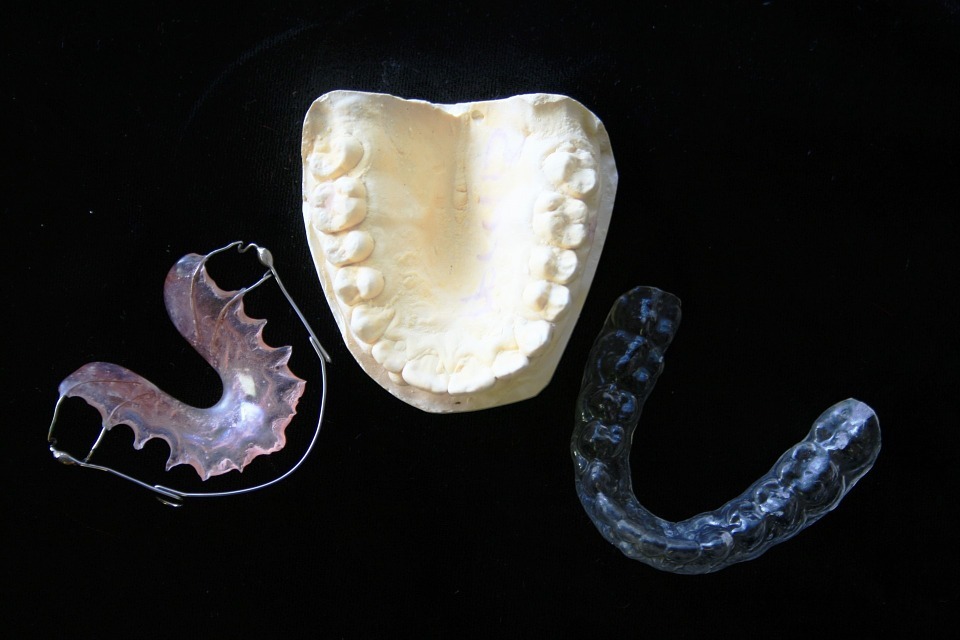
by | May 8, 2014 | Invisalign, Invisalign Teen, Orthodontic Treatments
Lingual Braces v Invisalign
Nice straight teeth are often highly desirable, but many people do not like being confined to using braces to achieve them. At an older age, braces don’t just look uncomfortable; they can affect the facial appearance while in place. Luckily, in 1998 an innovative breakthrough emerged for tooth re positioning. This was the launching of Invisalign.
What is Invisalign?
Invisalign are plastic aligners that cannot be seen. The public responded quickly to this new development, as they thought that crooked and misaligned teeth could now be corrected without the need for the attachment of brackets and wires to the teeth for long periods of time. It was soon learnt however that Invisalign does not always make a magical improvement, but can be beneficial in certain circumstances. The plastic is simply not strong enough to exert the same force as clear braces, such as lingual and conventional steel braces. This is particularly true for such actions as turning teeth round and lengthening teeth. In moderate to severe teeth alignment cases then, clear braces can be used or conventional metal braces.
Read more…
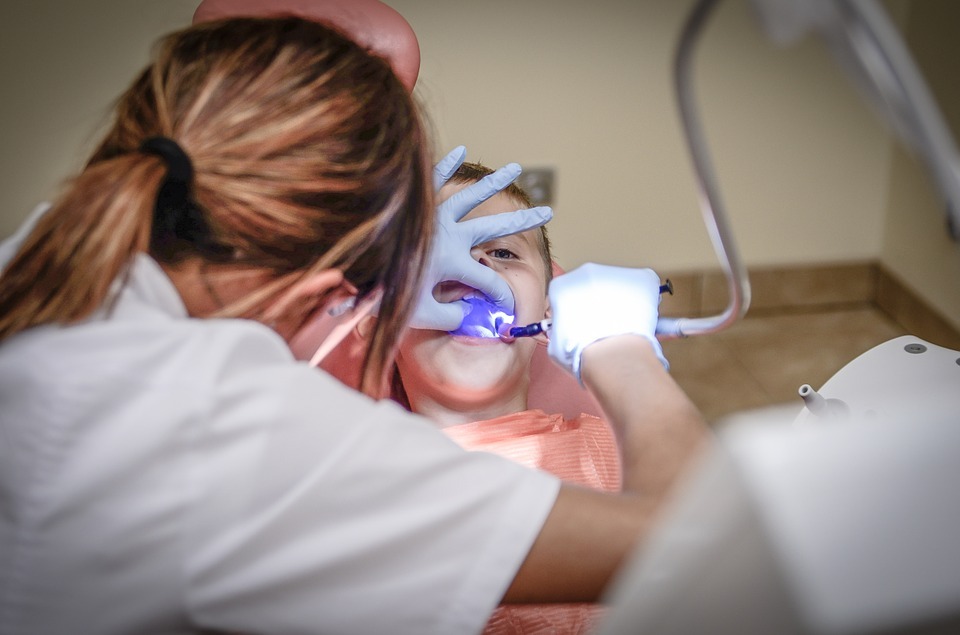
by | May 1, 2014 | Orthodontic Treatments
What is the Best Age for My Child to See an Orthodontist?
Seven years of age has been considered for a long time the most appropriate age for your child to attend an orthodontist for the first time. Dr. Don Demas, of Team Demas Orthodontics, fully supports this age too, as it is the best age for a child’s teeth to be assessed for either immediate treatment or possible treatment at a later age.
Once a child has reached the age of 8, it is most likely that he or she will have lost their first eight teeth. These are incisors and are normally immediately replaced by eight permanent teeth. At 6 years of age, the emergence of your child’s first four molars, those that will become permanent, takes place. Therefore, by 7 years of age, most children will have no less than four permanent incisors and four permanent molars. If the number of teeth is less or more than that, problems of crowding, extra or missing teeth might eventuate.
Read more…

